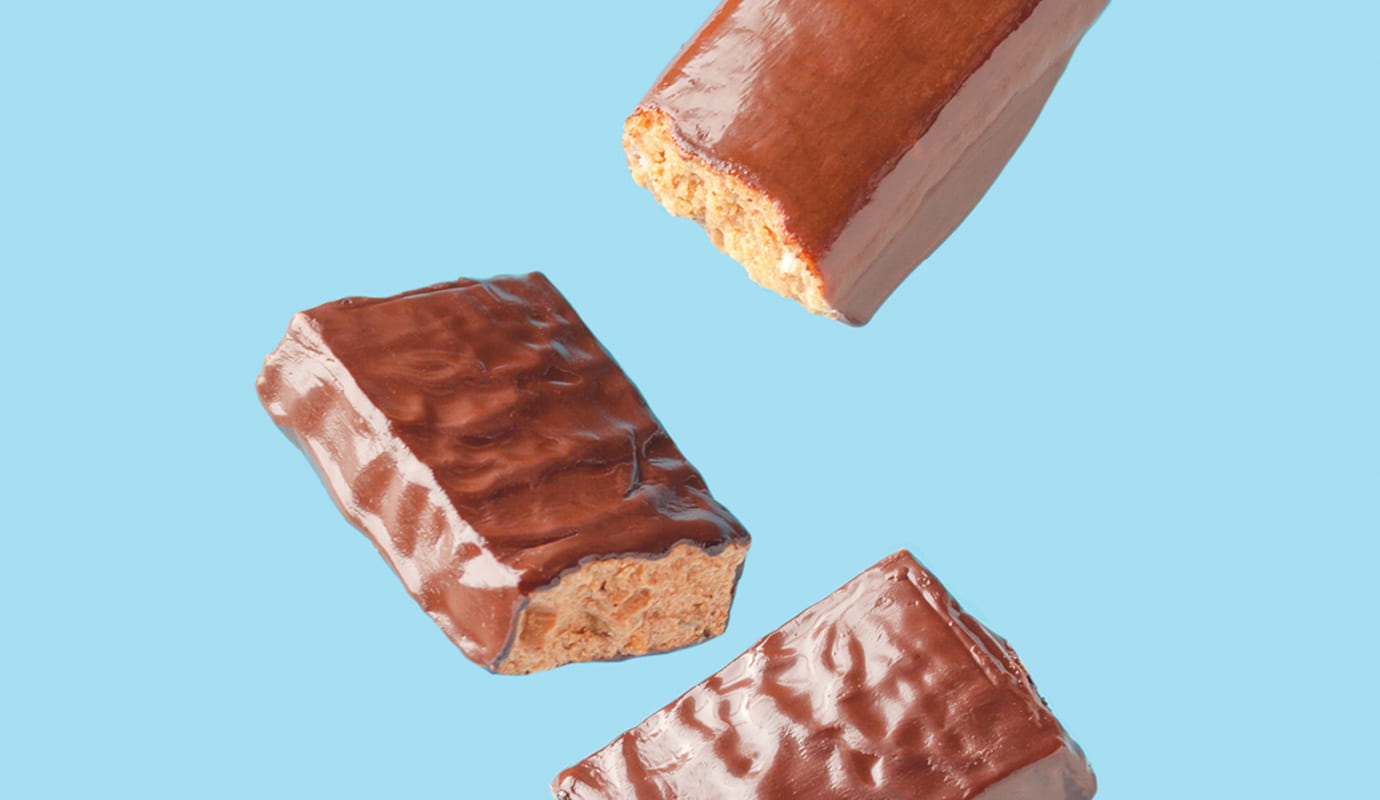Validating 3D Food Printing for Customizable Nutrition
The Students:
Leslie Mateo ’22 and Emily Toala ’22
The Advisors:
Danielle Cote, Angela Rodriguez
The Sponsor:
U.S. Army Combat Capabilities Development Command Soldier Center
The Problem:
The United States military currently relies primarily on Meals Ready-to-Eat (MREs) to sustain its personnel in the field. However, acceptance of MREs is low, especially over extended periods of time. One study found that after just three weeks of consuming MREs, users would discard 40 percent of the meal. This scale of food waste not only is fiscally inefficient, it means users are lacking in necessary nutrients and do not consume enough calories. A lack of proper nutrients and inadequate calorie intake can lead to weight loss and decreased energy, as well as other health issues.
The Challenge:
This project aimed to advance the material science of 3D food printing and integrate it with consumer rating studies through developing a three-layer, nutritional, palatable 3D food printed (3DFP) bar. In this process, structures are built layer by layer from a computational 3D model. Food inks (recipes) are added to an extruder, pushed out by an external source of power (air pressure unit), and then printed into a pre-designed shape.
The Research Process:
The research team developed a feedstock formulation for a three-layer bar and optimized printing parameters to produce high-quality prints. The base layer consisted primarily of oats and nuts; the middle layer was mostly cinnamon applesauce and honey; and the final layer included dark chocolate for embellishment, similar to what is used on commercially available nutrition bars.
Both printing and post-processing parameters were modified to alter the interior structure of the bar to change its texture. Mechanical testing was performed to determine the relationship between the texture and mechanical strength of the bar. The mechanical tests coupled with a taste test allowed for a viability evaluation.
The Results:
Aggregate results demonstrated that the bar is viable at certain temperature ranges. Overall, these results support the suitability of the bar formulation and printing parameters for further development and scaling.
Compared to other food manufacturing techniques, 3D food printing has several advantages: It’s easily customizable for taste and nutritional needs, unlike manufactured foods that are mass-produced. Customization reduces waste. 3DFP uses raw materials to produce a final product, reducing costs by eliminating need for a commercial manufacturer, in addition to reducing labor and shipping costs.
The Future:
The project focused on infill density and infill pattern, but many parameters not in the scope of the project would give more valuable information. Further exploratory studies might include additives, control bars, and chewing sensory tests.



